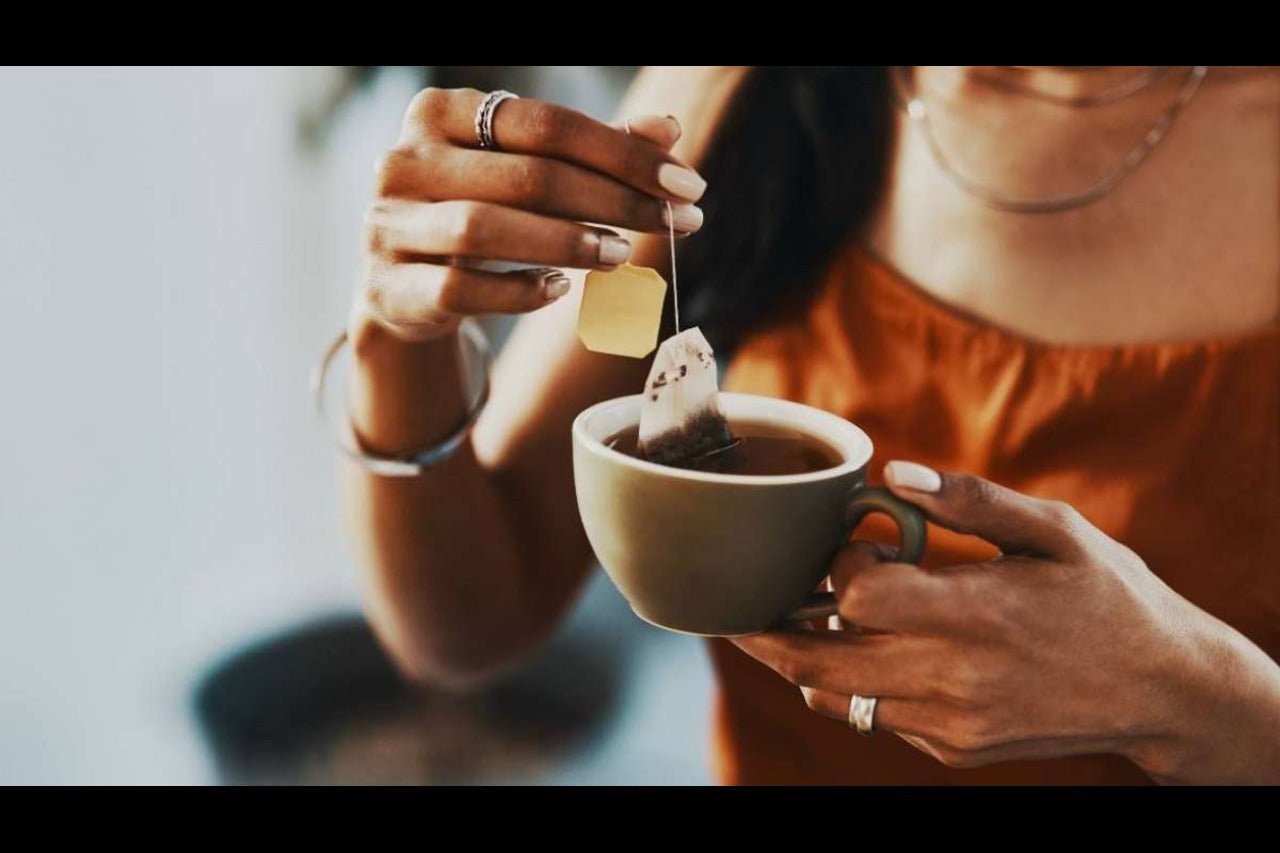No Products in the Cart

Did you know that black tea was once so valuable it was used as currency in some parts of Asia? This fascinating beverage has been a staple drink for centuries and played a crucial role in trade and culture. At Baraguz, we are passionate about offering premium black tea that reflects this rich history and timeless appeal. Whether you are a seasoned tea enthusiast or a curious newcomer, join us as we explore the origins, health benefits, and delightful ways to enjoy black tea.
Black tea comes from the leaves of the Camellia sinensis plant, the same source for green, white, and oolong teas. What makes black tea different is its processing method.
Here’s a breakdown of the steps involved:
Two tender top leaves and a bud are carefully plucked from the Camellia sinensis plant, and this may be done by hand or sometimes with the help of the mechanical harvester.
The withering process is done by spreading the harvested leaves over large trays or racks for 8 to 24 hours. The withering process helps to reduce the moisture content in the leaf by about 50-60 %, making the leaf pliable for the rolling process.
They are either hand-rolled or rolled with the help of mechanical rollers to break the cell walls and release the essential oils. In this condition, the twisting and crushing initiate oxidation because the leaf juices are now, finally, in close contact with the air.
Rolled leaves are laid in a cool and humid environment for 45 minutes to several hours where they turn dark and develop a rich flavor when coming into contact with oxygen. This step is well-controlled to influence the taste, color, and aroma of the tea.
Once the degree of oxidation is reached, the leaves are dried or fired in large ovens or drying machines at high temperatures to stop this oxidation process. This reduces moisture to about 2-3 %, thus "freezing" the flavors and giving them a very long shelf life.
Sieves and machines sort and grade the dried leaves into size and quality. Grading classifies the tea into whole leaves, broken leaves, fannings, and dust each with its characteristics and uses.
Well, afterward, the sorted-out tea is packaged either in airtight containers or bags, thus maintaining its freshness and quality by protecting it from moisture, light, and air.
Here are some popular types of black tea, each with its own unique taste:
Black tea is an excellent friend to your heart. Evidence from studies points out that black tea, when taken regularly, contributes to lowering LDL cholesterol (the "bad" one) and promotes more toned functioning of the vessels. Flavonoids of black tea, particularly catechins and theaflavins, promote good cardio health and reduce the risk of heart disease.
Drink black tea and your gut will thank you. The polyphenols of black tea behave as prebiotics, allowing good bacteria to grow in your gut and help in digestion and the immune-boosting process. Even the mood and overall well-being are affected by it.
Black tea is filled with antioxidants that help destroy free radicals within the human body. The antioxidants include theaflavins and thearubigins, which help reduce the risk of certain diseases caused by free radicals, like cancer and diabetes, which possess anti-inflammatory properties and help in building health and fitness in general.
Need a mental pick-me-up? Black tea's combination of caffeine and L-theanine can improve your focus and alertness. This duo helps you stay sharp and relaxed, without the jitters often associated with coffee.
On a more general note, regular consumption of black tea also contributes to stronger bones. Flavonoids in black tea increase bone mineral density and might reduce the risk of osteoporosis and fractures with advancing years.
Black tea hits the sweet spot for caffeine. It has more caffeine than green or white tea but less than coffee. An 8-ounce cup of black tea typically contains 40-70 milligrams of caffeine, compared to about 95 milligrams in a similar amount of coffee. This makes black tea perfect for a gentle energy boost.
|
Teas |
Caffeine Content (per 8 oz cup) |
|
White Tea |
15-30 mg |
|
Green Tea |
20-45 mg |
|
Matcha Tea |
70 mg |
|
Black Tea |
40-70 mg |
|
Oolong Tea |
30-50 mg |
|
Coffee |
95 mg |
Caffeine in black tea stimulates your central nervous system, improving alertness and reducing fatigue. Plus, L-theanine in black tea works with caffeine to give you a calm and focused mind. It's the perfect balance for a productive day.
This is how to make a perfect cup of black tea:
Black tea is not just for sipping. The ingredients can also be used in both savory and sweet recipes.
Black tea is so much more than a beverage; it is a tradition, a booster for health, and culinary delight. From its rich history down to the many health benefits it contains, black tea definitely holds pride of place in many hearts. Whether alone, with milk, or in resourceful recipes, black tea can be enjoyable.
Explore Baraguz's premium black tea products and make this timeless beverage a part of your daily routine. With every sip, experience a journey of taste and health.